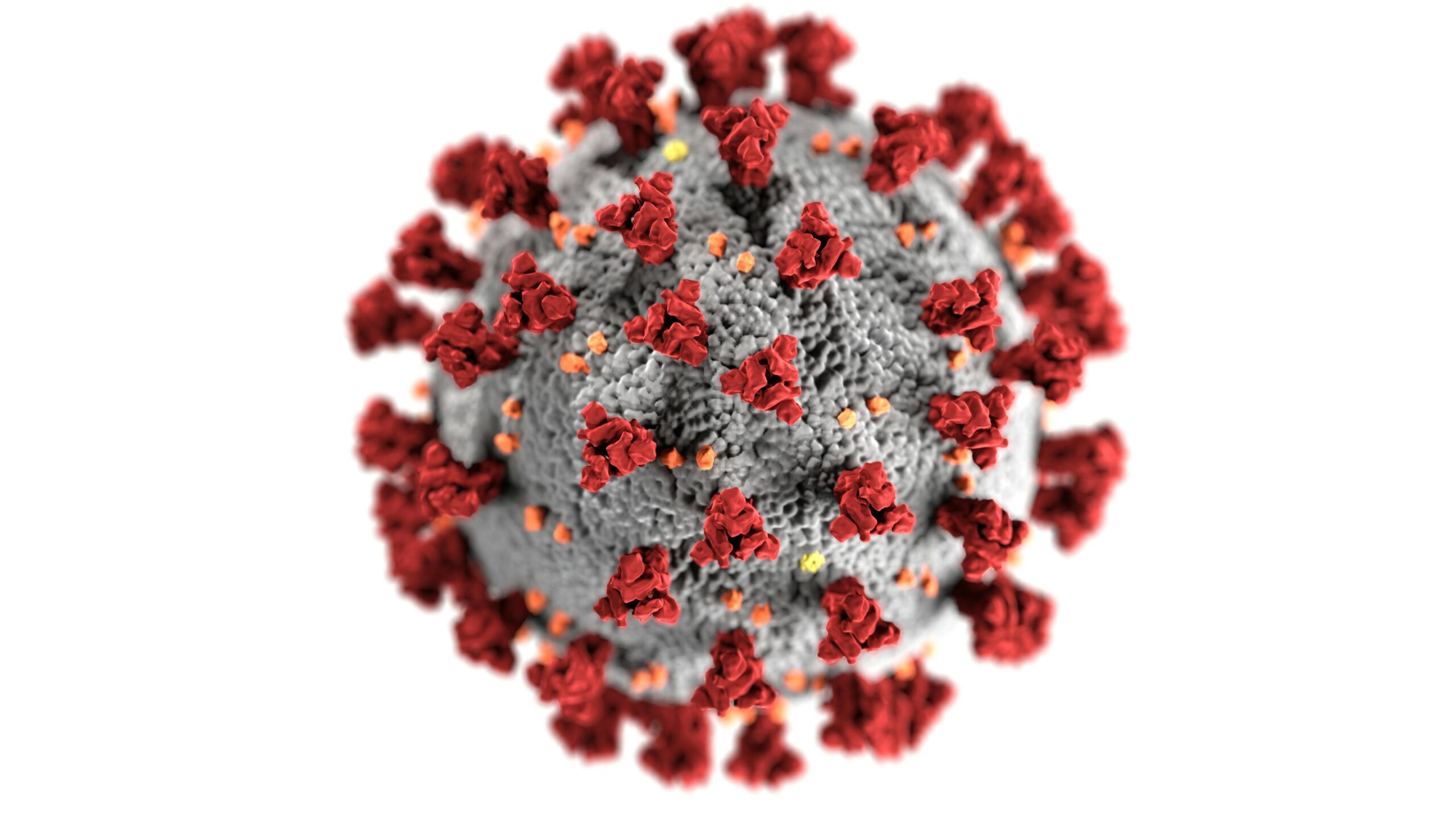UK Deadly Pathogen Alert: Experts Urge Immediate Research Into 24 High-Risk Threats
Urgent Call to Action: UK Scientists Warn of 24 Deadly Pathogen Families
A chilling new report from top UK health experts has revealed an urgent need to prioritize research into 24 deadly pathogen families—some of which could trigger the next global pandemic. Published in The Guardian, the study highlights high-risk viruses, bacteria, and fungi that pose catastrophic threats to public health.
With emerging diseases becoming more frequent, this warning couldn’t come at a more critical time. Here’s what you need to know about these UK deadly pathogens, why they’re so dangerous, and what’s being done to prevent future outbreaks.
Why Are UK Experts Sounding the Alarm?
The UK has faced multiple health crises in recent years—from COVID-19 to antibiotic-resistant superbugs. Now, scientists are urging the government to fast-track research and funding into the most lethal pathogens before it’s too late.
Key Findings from the Report:

✔ 24 pathogen families identified as high-risk for future outbreaks
✔ Some have no known treatments or vaccines
✔ Climate change and global travel are accelerating spread
✔ UK labs need better preparedness for biosecurity threats
The 24 Deadly Pathogen Families Under Scrutiny
While the full list includes highly technical classifications, several stand out as immediate concerns:
1. Novel Coronaviruses (Beyond COVID-19)
- Why? Mutations could make future strains even deadlier.
- Current defenses? mRNA vaccine tech helps, but gaps remain.
2. Drug-Resistant Bacteria (Superbugs)
- Why? Antibiotic resistance could make common infections untreatable.
- Current defenses? UK investing in next-gen antibiotics.
3. Weaponized Pathogens (Bioterror Risks)
- Why? Lab leaks or deliberate attacks could be catastrophic.
- Current defenses? Enhanced biosecurity protocols in research labs.
4. Zoonotic Viruses (Animal-to-Human Jumpers)
- Why? Deforestation and farming increase spillover risks.
- Current defenses? Wildlife surveillance programs expanding.
(Full list available in official government reports—experts emphasize these are the highest-priority threats.)
Is the UK Prepared for Another Pandemic?
The report exposes critical gaps in readiness, including:
⚠ Insufficient funding for rapid vaccine development
⚠ Lack of real-time outbreak monitoring systems
⚠ Slow response times in containing emerging diseases
What’s Being Done?

🔬 New UK Health Security Agency (UKHSA) initiatives
💉 Boosted research into universal vaccines
🌍 Global partnerships for pathogen tracking
But experts warn: “Without urgent action, we’re vulnerable to a disaster worse than COVID-19.”
How This Affects You: Risks & Precautions
While most of these pathogens aren’t an immediate public threat, their potential for rapid spread means:
✔ Stay updated on UK health advisories
✔ Support science funding and pandemic preparedness
✔ Practice good hygiene (especially when traveling)
Final Warning: Will the UK Act in Time?
This report is a wake-up call—not just for policymakers, but for everyone. Deadly pathogens don’t wait for bureaucracy. The question is: Will the UK prioritize defenses before the next outbreak hits?
🔍 Follow credible sources like UKHSA and The Guardian for updates.
💬 Should the UK invest more in pandemic prevention? Comment below!





